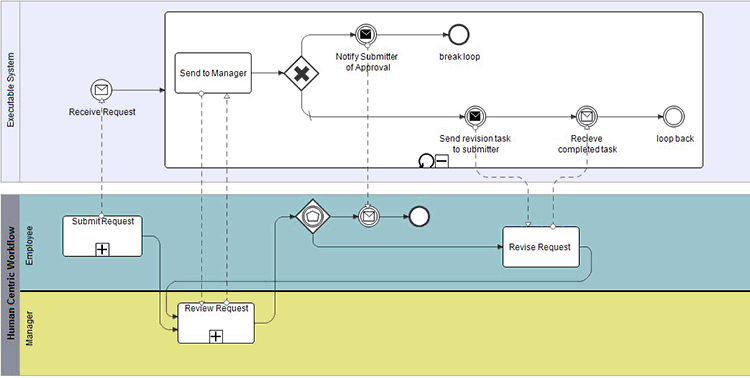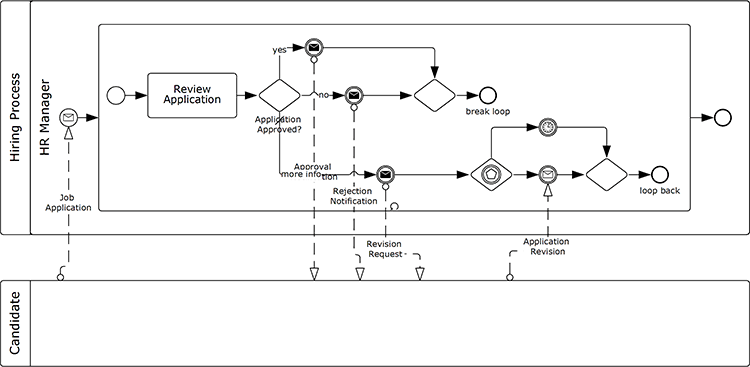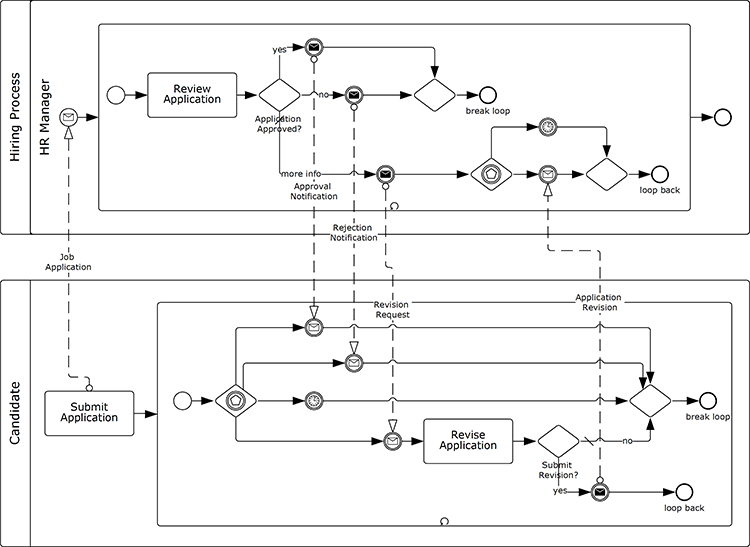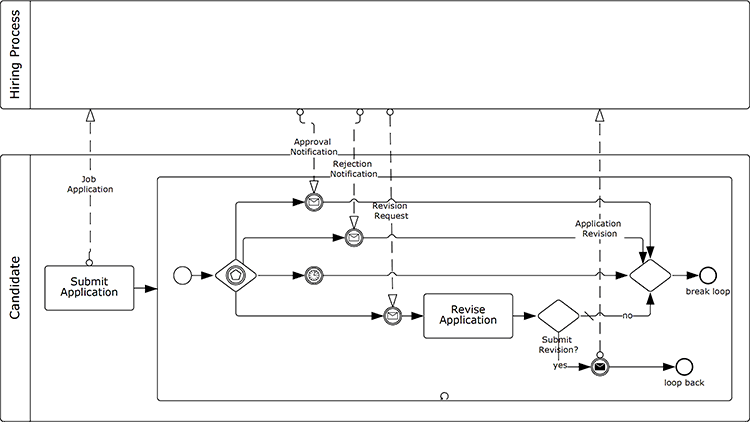There is a new post at Jim Sinur’s blog: “Business Process Management Grows Value While Saving Costs“. He says how great it is being able to achieve two results by single activity:
1. BPM Saves Costs
2. BPM Increases Value
Not quite new idea but Jim adds some specific arguments which makes the post worth to read.
Yet with all my respect to him I dare to say that the list above isn’t complete - it misses:
3. BPM Increases Agility
Sounds too abstract? I suspect many people aren’t really sure what the hell this “agility” thing is. OK, let me show you the money behind it.
Generally speaking, there are three ways to compete:
1. A new market segment is opened by innovators who excel in time-to-market. They offer something that didn’t exist before.
2. Then comes those who deliver superior quality.
3. And finally when neither the concept nor the production quality is no secret then it all becomes about the cost.
Do you see? The second list matches to the original one in reverse order!
Now how does this third advantage like in practice? Quite simple, actually: there is a strategy of “waiting for the window of opportunity to open”. This strategy implies that you must be fast because the window only opens for a short period.
Let’s assume that you are a bank which achieved an outstanding agility from SOA+BPM that allows you to launch a new product say in two months while industry average is six months. Being in such position you are able to copy any good idea that your competitor may get while he won’t be able to copy you because you’ll make the next step meanwhile.
(I used a bank as an example because for them product = process. For other industries it isn’t that obvious but still being able to implement a new process or redesign an existing process promptly is a clear advantage.)
Still not conviced? Here is another argument: it’s well known that business, warfare and chess have much in common. Both in chess and war strategy there is a notion of “tempo”: if you made your opponent stressed in time then it increases your chances to win. Hence it’s not uncommon to exchange say a pawn for a tempo in chess so this “canned time” is absolutely material thing in chess.
And so it is in business. When you invest some resources into BPM you not only obtain more customers and serve them more efficiently - you also posess a “canned time” which makes you better prepared for changes, either positive or negative.
The final note: the process management discipline has a long history and it always was about costs and value. Agility is a new thing that BPM brings. So we shouldn’t forget about it and shouldn’t be shy to articulate its value to our customers.




